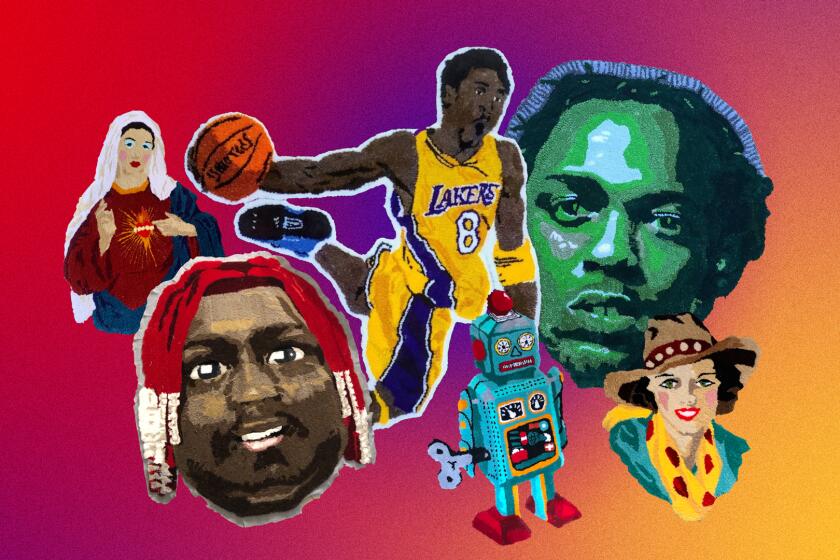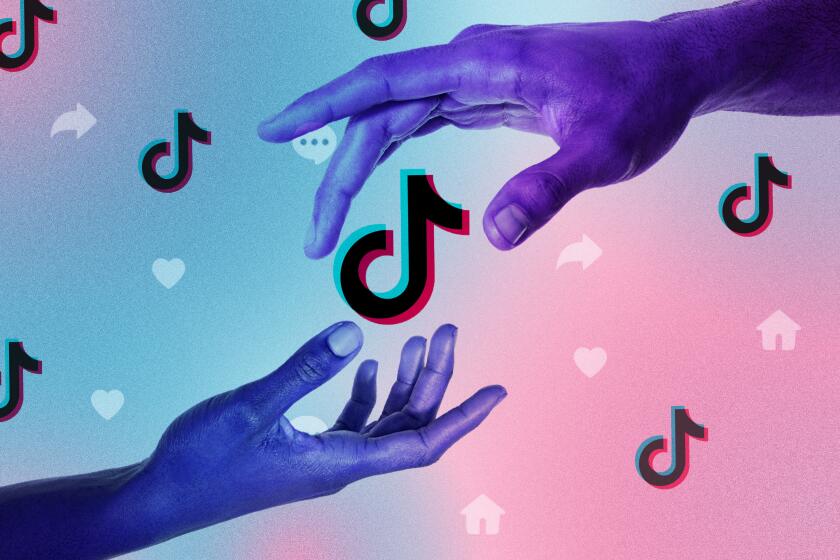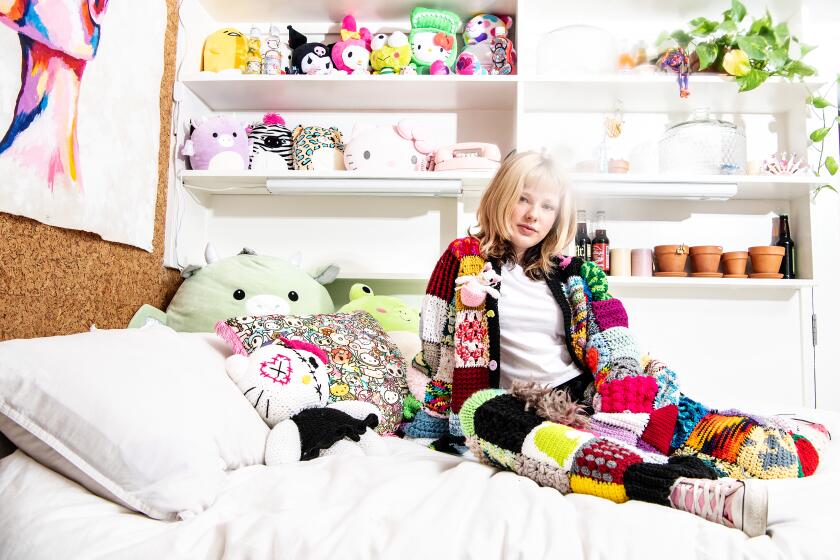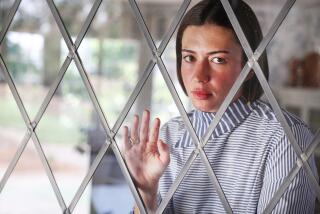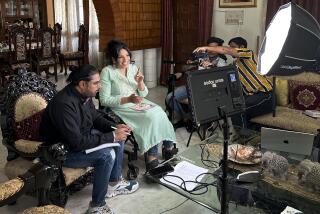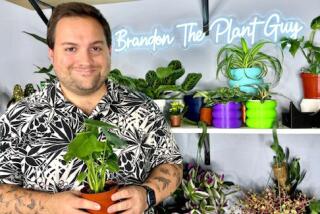Meet the influencers who actually stayed home during the pandemic
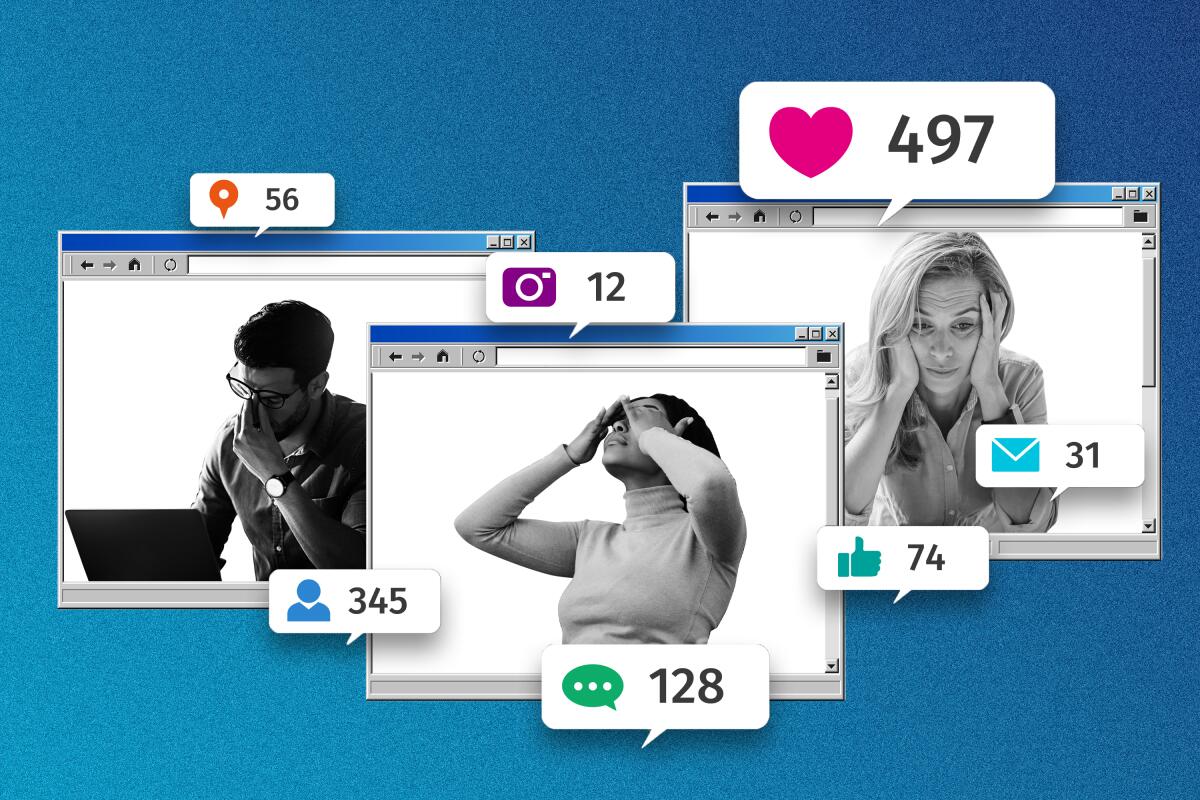
A few weeks ago, comedian Chris Klemens confessed to his 1.2 million YouTube subscribers that he felt lost, sad, unmotivated, uninspired and unfunny.
“It is weird that sharing on the internet makes me feel better, but that’s just how my depressed cookie is crumbling,” he said in his video “Being Honest With You” as he drove up and down Ventura Boulevard.
“I just feel like I’m constantly beating myself up over not doing my best work in a f— pandemic,” he added.
Klemens grew his YouTube following over the last eight years thanks in large part to his irreverent man-on-the-street-style interviews. In one segment he interviews people who live near Jake Paul, the controversial social media personality. In another, he asks strangers how they lost their virginity. In several, he’s high or asking people to guess if he’s high. His last interviews took place in Manhattan early last March, when he stood way too close to way too many unmasked people to ask them if they were worried about the coronavirus.
Some people took up breadmaking in quarantine. Others turned to more niche hobbies — like weaving colorful textiles in idiosyncratic designs.
After returning to Los Angeles a few days later as the city closed down, Klemens did something many of his creator colleagues have failed to do: he encouraged his followers — affectionately named Klementines — to be as safe as possible and opened up about how challenging following the guidelines has been for him. In recent videos he’s panicked after receiving two false positives from a rapid test site, defended his decision to drive home for Christmas (while sleeping in his car), cried with joy after seeing his mother for the first time in a year and shared his relief after receiving the Johnson & Johnson vaccine last month.
“It’s not fair to expect normal life expectations of myself, which is — clearly I’ve been talking about this a lot in therapy,” he said in an interview. “I’ve kind of accepted the fact that it’s OK if I am unfunny, that is OK.”
Over the last year a maddening number of high-profile influencers and celebrities have continued to party, travel and live life normally despite more than half a million COVID-19 deaths in the U.S. and desperate pleas from health officials to physically distance. Several argued that going out and living a seemingly glamorous life was part of their job. Last summer, Los Angeles Mayor Eric Garcetti ordered the power shut off at a Hollywood Hills home where TikTok stars had hosted large gatherings.
Many of their followers have been angered and disappointed by their behavior. So have their fellow content creators who have followed social distancing guidelines and asked their followers to do the same. Some, like popular YouTubers Tyler Oakley and D’Angelo Wallace, have gone viral for videos calling out specific influencers who have traveled and partied.
“You can still get views without potentially killing everyone in your city,” Wallace said in “Influencer-19,” his viral documentary-style YouTube video documenting how stars have violated pandemic guidelines. “There’s a lot of beautiful content from dedicated people who are still pushing it despite these new guidelines.”
Fashion and beauty influencers pivoted to skin care and wellness, and travel vloggers traded in international trips for #vanlife. Watching creator content during the pandemic has meant having an inside look at how they’ve interpreted and adopted pandemic guidelines over the year, and what they’ve learned from their own experiences and feedback from fans.
‘A higher level of scrutiny’
Influencers who present themselves as being COVID-conscious — and criticize those who aren’t — have also opened themselves up to a higher level of scrutiny over their behavior. Even those who appear to care very deeply about following the guidelines have made mistakes or taken risks their fans don’t agree with.
How much criticism a creator receives depends on whether they’ve been authentic with their supporters, said Eric Dahan, the chief executive and co-founder of Open Influence, and influencer marketing company. “It’s not this one-size-fits-all,” he said. “It really comes down to your brand and who your audience is, and what your audience’s perception is of you.”
A young DJ traveling the world and partying “might get a little blowback,” but their followers expect a certain level of recklessness from them. However, “people are gonna get pissed” seeing Gov. Gavin Newsom eating at French Laundry, he said.
Many influencers have opened up about their emotions — including frustration toward people who take the pandemic less seriously and their struggles with isolation.
“The type of aloneness I’ve felt throughout this COVID-19 pandemic has been a special breed of loneliness,” Jasmine Shao says in a recent YouTube video as she dyes her hair in the bathroom of a three-person dorm room she lives in alone. “It’s hard to describe it exactly, but it just sort of feels like I don’t exist.”
Shao, a UCLA freshman who vlogs about student life on her channel studyquill, has woven social distancing into her content throughout her first year in college as she moved into the dorms and adjusted to classes online. In a recent video she tracked a normal week on campus “ft. social distancing” — where she studies, organizes and cleans, goes grocery shopping, takes walks, watches lecture recordings and knits while sprinkling in commentary on self care and mental health. She warns her 717,000 subscribers that the video might be boring “because unlike seemingly every influencer in Los Angeles, I stay inside.”
This February, several Black creators went viral with videos that offered a more nuanced and in-depth exploration of the Black experience in America.
Shao said she’s been frustrated by influencers normalizing bad behavior to the same young audience that follows her. “I feel like I see it differently,” she said. “I don’t want to go out, and even if I did, it would be super irresponsible to post it to a million people online.”
Finding success by staying home
For beauty and fashion influencers, many have found success by catering to those staying at home.
“They pivoted their message away from looking good to go out to more of a message of self care,” said Dahan. “It’s not about trying to look prettier, beautiful. It’s really just about taking care of yourself, and feeling good.”
After an Instagram post promoting Loft’s Easter dresses flopped last spring (when churches and the brunch places people flock to after services were closed), 26-year-old fashion blogger Tomi Obebe realized she needed to switch gears.
“When it comes to your fashion, or your beauty — things that aren’t really necessarily tied to you moving from your home space — I can get how frustrating it is to be working with more limited resources,” Obebe, who is based in Charlotte, N.C., said in an interview. “But I think that just pushes you to be more creative and push the bounds of what you’ve already been able to share with your audience.”
Her Instagram and her blog, GoodTomiCha, are now full of loungewear, at-home date night ideas, home decor and posts about wellness, self care and managing the pandemic.
“IDK who needs to hear this BUT you don’t have to wait for a special event to put on makeup or dress up for the day,” she wrote in a recent Instagram caption for her 39,000 followers. “We’re in a panini, Peter Pan, Panda Express, pandemonium, panic at the disco, Panera bread, panorama, parallelogram... There are no rules.”
The transition for travel vloggers has been harder. The amount of money Americans spent on international travel dropped 76% in 2020 compared with 2019, according to research by Tourism Economics released by the U.S. Travel Assn. Travel spending overall dropped 42%. Less travel has meant less marketing.
Nadine Sykora, a 33-year-old YouTube travel vlogger based in Kelowna, Canada, spent the beginning of 2020 in Tanzania and Kenya — where her now-husband, Matt Ofstie, proposed to her at the top of Mt. Kilimanjaro — before being grounded in March.
“My whole schedule for the year was just wiped clean in two weeks’ time,” said Sykora, whose channel Hey Nadine has more than 490,000 subscribers.
Last summer, Sykora and her husband bought a red 1987 Volkswagen Westfalia camper van, nicknamed Clifford the Big Red Westy. More than half a million people watched her July 5 tour of the van, making it her most popular video of 2020. Sykora and Ofstie drove their van through British Columbia and the Canadian Rockies. She’s also branched out into lifestyle content — she’s posted videos about her pregnancy, baking videos, skin care routines and home tours.
Gen Z influencer Liv Huffman turned the #harrystyles cardigan into an international crochet project.
Sykora has continued to produce content during the pandemic, but it has required flexibility, adjustments and, sometimes, taking time off. She delayed the release of her travel e-book by several months because of the pandemic. The couple apologized to their followers after viewers noticed they weren’t wearing masks in shops during a trip through small towns in the Okanagan Valley. Clifford has needed a few repairs. And Sykora has turned down “tens of thousands” of deals with tourism boards still looking for influencers to promote travel, because it didn’t feel right during the current climate. She’s been living off her savings, she said.
“I’ve been in this industry for long enough to know that there’s no guarantees with anything,” she said. “Very few influencers have a consistent, reliable source of income. And even the ones that do, those sources of income can still disappear.”
As the end of the pandemic draws closer, Sykora is excited to see the tourism industry start to recover. But that doesn’t mean influencers need to immediately start pushing international travel.
“You can go to your next city over and that’s considered travel,” she said. “If you’re able to leave your city and there’s not a lockdown, you can start there. You don’t have to start big.”
More to Read
Sign up for The Wild
We’ll help you find the best places to hike, bike and run, as well as the perfect silent spots for meditation and yoga.
You may occasionally receive promotional content from the Los Angeles Times.
